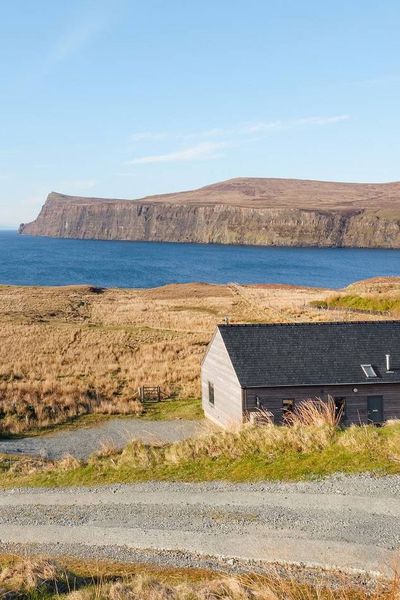While the four foods mentioned below are relatively easy to identify, you should always make sure you are 100% certain of what you are picking. There are some brilliant guides such as Food for Free or The Forager Handbook that’ll help you when identifying plants.

Wild garlic
Wild garlic is one of the most commonly foraged foods in the UK. It loves wet ground, so you’ll often find big bunches alongside riverbanks and canals as well as in woodland. The plant is very easy to identify, especially as it has such a strong and distinctive smell – find it from midwinter to the end of spring. Wild garlic tastes delicious in homemade pesto as well as in pasta and risotto dishes.
Nettle
Nettle is one of the easiest wild greens to identify, but be careful when picking as they are prickly. You’ll find them in early spring, when the nettle tops are young and pale green, all the way through to June, when they’ll start getting tough. Never pick when they are in flower and handle them with care until they’re cooked. Cooking destroys the stinging acid and makes them perfect to eat. Try them in a soup, as a pesto or even in cake!
A nettle and gorse cake recipe from Tia Tamblyn, owner of Botelet in Cornwall >

Elderflowers
Pretty elderflowers are around from late May to early July, where you’ll find them growing on bushes in parks, fields, forests and gardens. They are most commonly used to create a cordial, but they are equally delicious in cakes and tarts. To forage, take a pair of scissors and remove flower heads just below where all the small stems meet the main stem. We’d advise you only take a few flowerheads from each tree to allow as many as possible to develop into berries in autumn.
Blackberries
Picking blackberries is often a nostalgic memory from childhood. They are easy to identify, growing on bushes at the edges of woodland and open grassland. To determine whether you have a good blackberry, grasp it between your thumb and index finger and if it pulls away from the stem gently it means it is sweet and ripe. They taste wonderful baked in a pie, as part of a fruit salad or even in a drink!
More inspiration…

Sawday's at home: in Cornwall
View our guide on how to enjoy a Cornish holiday at home. Find homemade recipes, podcasts and articles that’ll transport you to the seaside.

A foodie's guide to Cornwall
Chef and food writer, Anna Jones, shares her favourite places to sleep, eat and stay in Cornwall.

Homemade cream tea
Christen, from Middle Colenso Farm, shares her recipes for homemade scones and jam. All you’ll have to do is add some clotted cream and brew a big pot of tea.










